This week #ArtMillers initiative welcomes graphic artist and illustrator Greta Liekytė, also known as Greta Alice. Kurk Kurk invited Greta to talk about her illustrations for Ričardas Gavelis novel “Vilnius poker” and discuss the importance of human body in her creative work and pop culture. Greta is interviewed by Urtė Baranauskaitė and Julija Panova.

Greta has exhibited her illustrations for R.Gavelis novel “Vilnius Pokeris” few years ago. The storyline of her drawings are based on a human and its body. The bodies in Greta’s drawings are true, raw and open – perhaps for some people too provocative or even unattractive.
Speaking of R.Gavelis novel, it is quite explicit. The author uses an image of the body to tell a story, to paint a detailed picture of Vilnius city. In the words of literature critic Jūratė Čerškutė “the body in R.Gavelis work is inseparable from the comprehension of the world. It is a foundation to the perception of “Vilnius Poker”.
Why did you choose to portray the story of “Vilnius Poker” trough the body? Was this an intuitive choiceor not?
Greta Alice (G.A.): The story in the novel “Vilnius Poker” is disclosed trough four characters, four different bodies, four unique experiences and view points. This method of storytelling was a hint to me, that by using four diverse ways of portraying bodies, I can reveal four individual story lines. To be frank, there are A LOT of body portrayal in Ričardas Gavelis storytelling. The writer doesn’t shy away from using explicit or even revolting epithets when he talks about bodies. He goes into great detail and writes long paragraphs where he describes how the body feels, moves and changes the environment.
This physicality, urban atmosphere and the multi-layered characters immersed me irreversibly. My creative mind was full of ideas of how I wanted to visualise this novel.
Illustrations by Greta Alice for the novel “Vilnius Poker” by Ričardas Gavelis
What was important for you while drawing illustrations for the novel? How would you describe the world you created and bodies that exist in it?
(G.A.): Most people who have read this novel, describe it as being heavy, dark and dirty. So my first objective was to find my own unique way to visualise the novel. When I read the novel for the first and then for the eight time, I was constructing characters in the brightest colours, most intense contrasts and strong outlines. During my exhibition, more than few people asked me how could I see pink rather than grey colour in this depressing novel. The thing that excites me the most is that you are free to use your imagination and create a world the way YOU see it.

Our environment is saturated with body images. Usually those images broadcasted by media are unrealistic – denying what the real bodies look like. Seeing your drawings, one can form an opinion, that you are against this coercion by the media. It is as if you are criticising this culture of perfect bodies in your drawings.
Are you against the modern beauty standards?
(G.A.): Honestly, that is not my main focus. Perhaps that sounds a bit upsetting, but I don’t strive to change or reconstruct the viewers perception. I only invite people to look around the world I created. I don’t portray anything shocking or unexpected, well, unless for those who are used to seeing perfect sun-kissed bodies in television and commercials. This body cult is only true for those, who choose to believe in it.
In my creative practise the body is an inseparable object around which all stories revolve. I am unable to begin a story without it. Even if the body is not a character, it is at least the culprit of all actions. For me it is natural, that in my drawings there are all types of bodies – young, old, crooked or striking bodies. The types of bodies you see inside the bus, at the post office or a stairway – mundane and real bodies. I don’t see any reason to correct or idealise the body.
I believe that the beauty and aesthetics standards we have today are just guidelines designed for convenience, so that it would be easier to create content such as images and texts. I wouldn’t say that I pay much attention to these standards. They are so ordinary, that they don’t catch my attention. I’m not impressed by these photoshoped commercial images and make-up tutorials that pop up in my social networks. I enjoy seeing diverse and unique people.
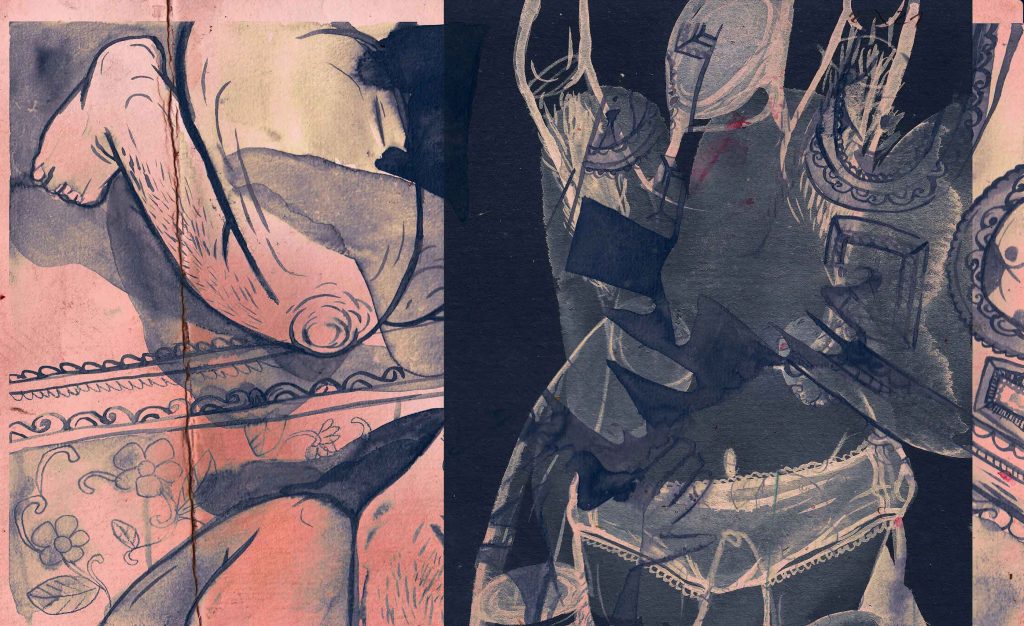
The bodies that you draw are reminiscent to caricature – the corporeality is overly exposed and exaggerated. Do you portray real bodies ironically, or do you try to show the beauty behind imperfections?
(G.A.): We don’t gain much by being too serious. Creativity is not an exception. I am not and never was an artist, who constructs the visual world in a serious manner. I like to communicate with the viewer and other artists by using irony and sarcasm. I have many complexes myself and I use them when I create. This way I expose my insecurities – it’s like a stimulating massage without physical contact. These massages are great! I enjoy them a lot and become excited, when I feel discomfort or even self-pity and disappointment when I view works by other artists. Ultimately, for me the body is a tool to communicate.
Why do you think it’s important to love and accept your body?
(G.A.): I think, if we would open our eyes, we would see what kind of bodies surround us – real, mundane, alive and diverse bodies. Then we wouldn’t be so critical for ourselves. Perhaps the most upsetting weakness humans have is a need to compare – compare yourself to another person rather than yourself to yourself. When we compare our bodies to someone else’s, we play an unfair game, which can lead to a big disappointment, self-pity or even anger.
I wonder, do we still pay attention to our friends body after three meetings? Isn’t this visual evaluation is just a first-time natural instinct, that doesn’t reoccur later on?
Illustrations by Greta Alice
We often feel uncomfortable within our own bodies. Do you have any methods how to overcome that feeling? Maybe by drawing bodies intuitively, you practice to accept yourself?
(G.A.): I think that it is normal to feel weird about your body. Besides the physical sensations, we see ourselves less often than others. We identify our facial expressions, body movements only trough feeling, so it’s not strange that we can start to feel weird when we look in the mirror for too long. It’s the same when we see ourselves in picture. Often our facial expressions change rapidly when we step in front of the mirror, we try to compose our reflection in a way we are used to see ourselves. If we see pictures that were taken without our knowledge, we are dumbfounded that its our image. But maybe there is beauty in that too?
When I draw bodies, I use a lot of details from what I notice in my daily live and my inner feelings. I suppose it’s natural that what interests and excites me reflects in my creative work, sometimes even literally. It also gives me an opportunity to see my work from a different perspective, because I draw impulsively and don’t rely on pre-made sketches or consistent images.
Illustrations by Greta Alice
What do you try to convey trough the corporeality?
(G.A.): For me the body is the closest and yet the furthest object at the same time. Each of us have it, feel it, but how many of us understand it? The reflection in a mirror and how much truth we see in it, the perception that without a mirror we can’t see ourselves. Also our dreams, in which we exist and not exist at the same time, or ability to swim, dance, psychosomatic pain, strong emotions and goosebumps when we hear or smell something familiar. By using the body I can communicate with the viewer with all possible themes, because all of them affect the body first.
When I draw bodies I don’t try to make them realistic, I rather surrender to my impulses and emotions. That’s why I can’t say that the bodies I draw are more realistic than those depicted in commercials. People tend to associate themselves to others while observing them– this quality unites us. Maybe for this reason I often get negative reactions to my illustrations. During my exhibitions, people ask me why I can’t create beautiful images, why do I make the viewer uncomfortable, why do I traumatise him/her and why do I pay so much attention to visualising the bodies of older people. I think it’s a very good answer to what is closer to the truth. Each of us have our unique perception to the body – it is determined by our age, experiences and environment. With this in mind, we evaluate what we see and decide if it’s beautiful. This raises a question, why do we want everything to be beautiful. For me, the beauty is in diversity and that’s what I try to portray in my illustrations.
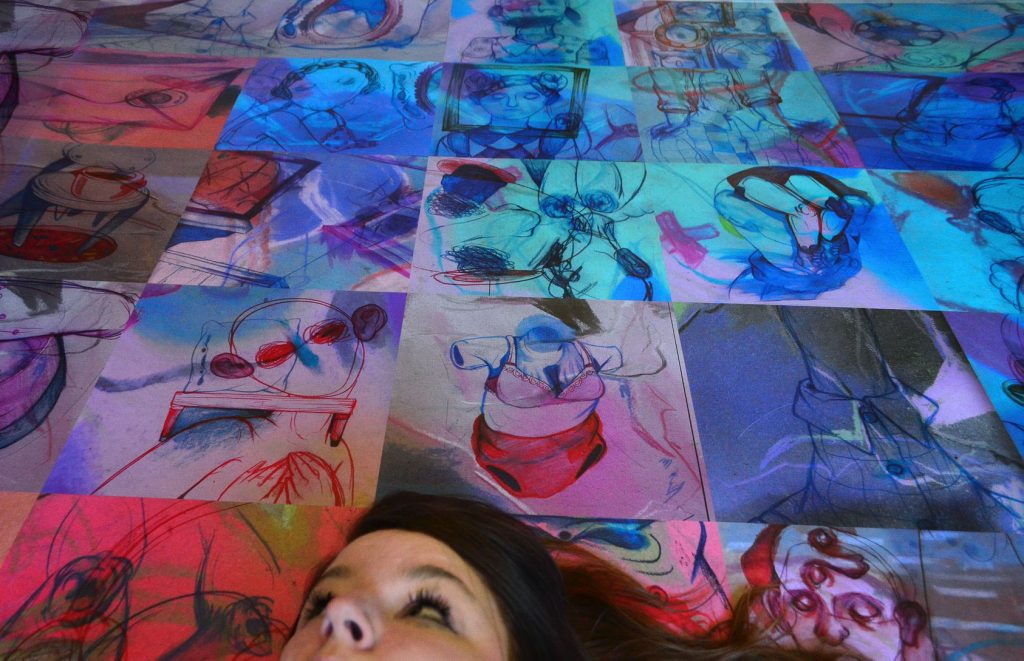
What epithets would you use to describe the bodies you draw? To what do you pay most attention?
(G.A.): My bodies are stories. They observe the world and change it, every touch or move has a counteraction and I try my best to visualise that.
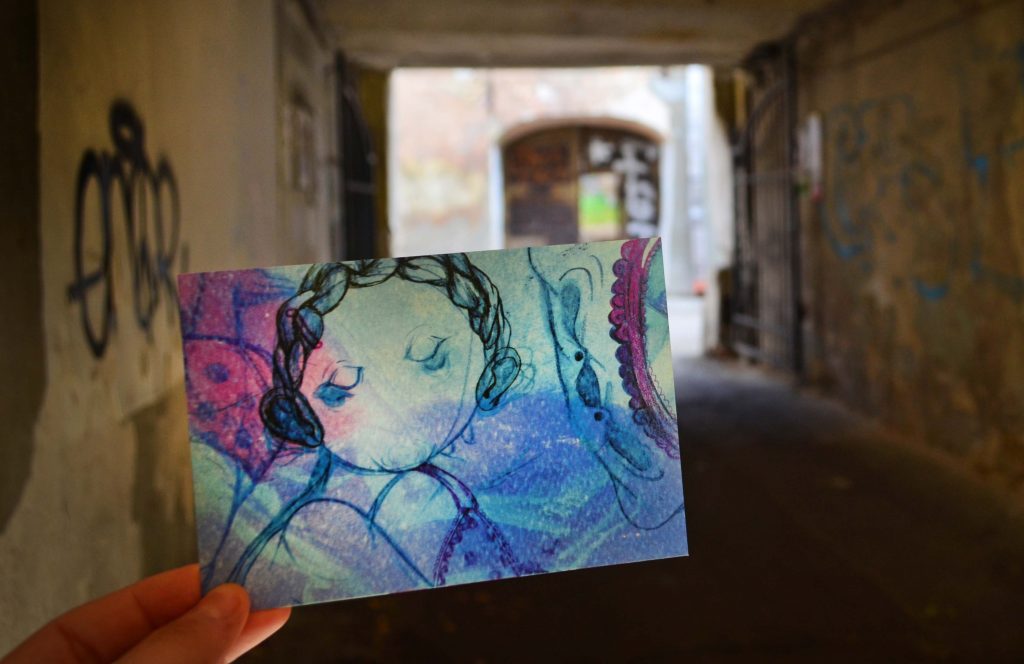
If you want to learn more about Greta Alice and her creative work, visit her portfolio and follow her Facebook page.
To learn more about the activities of Kurk Kurk, read our blog articles. We also invite you to follow our page and like us on Facebook and Instagram. Until next time!
Popular articles

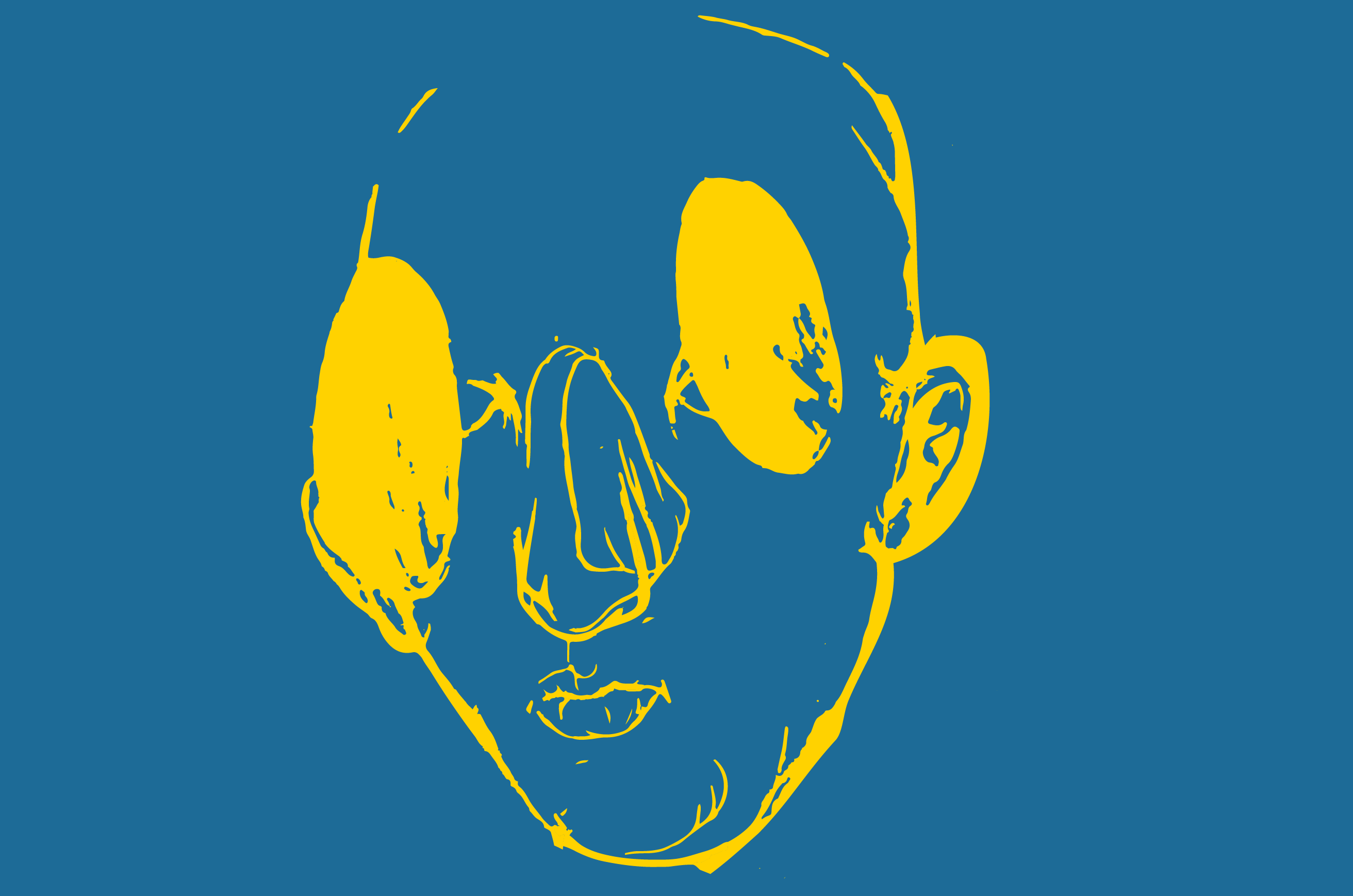;)
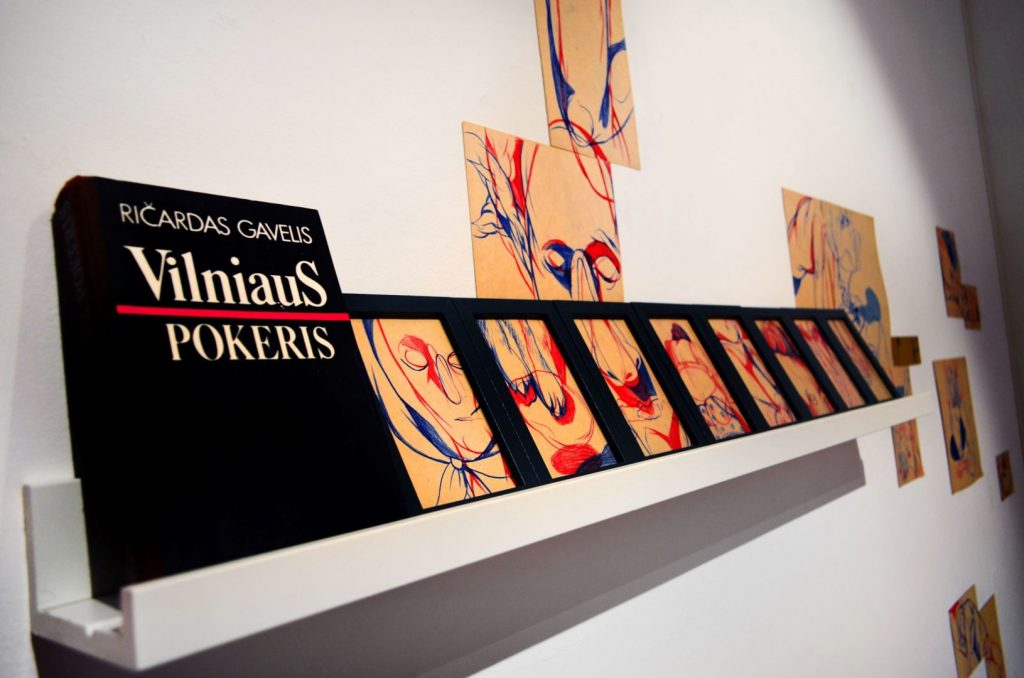
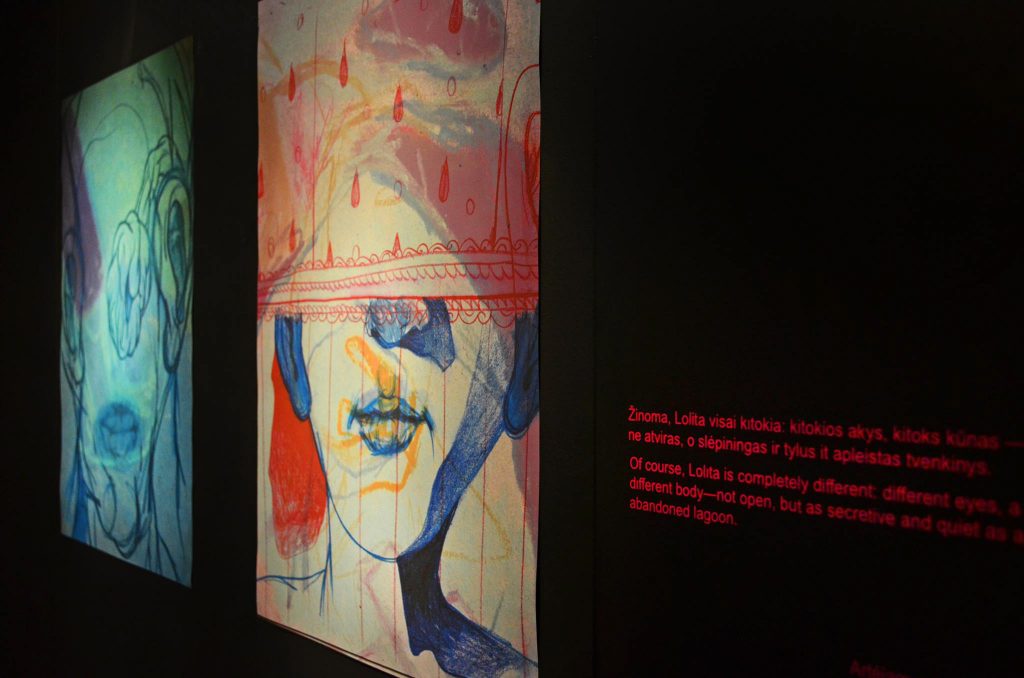
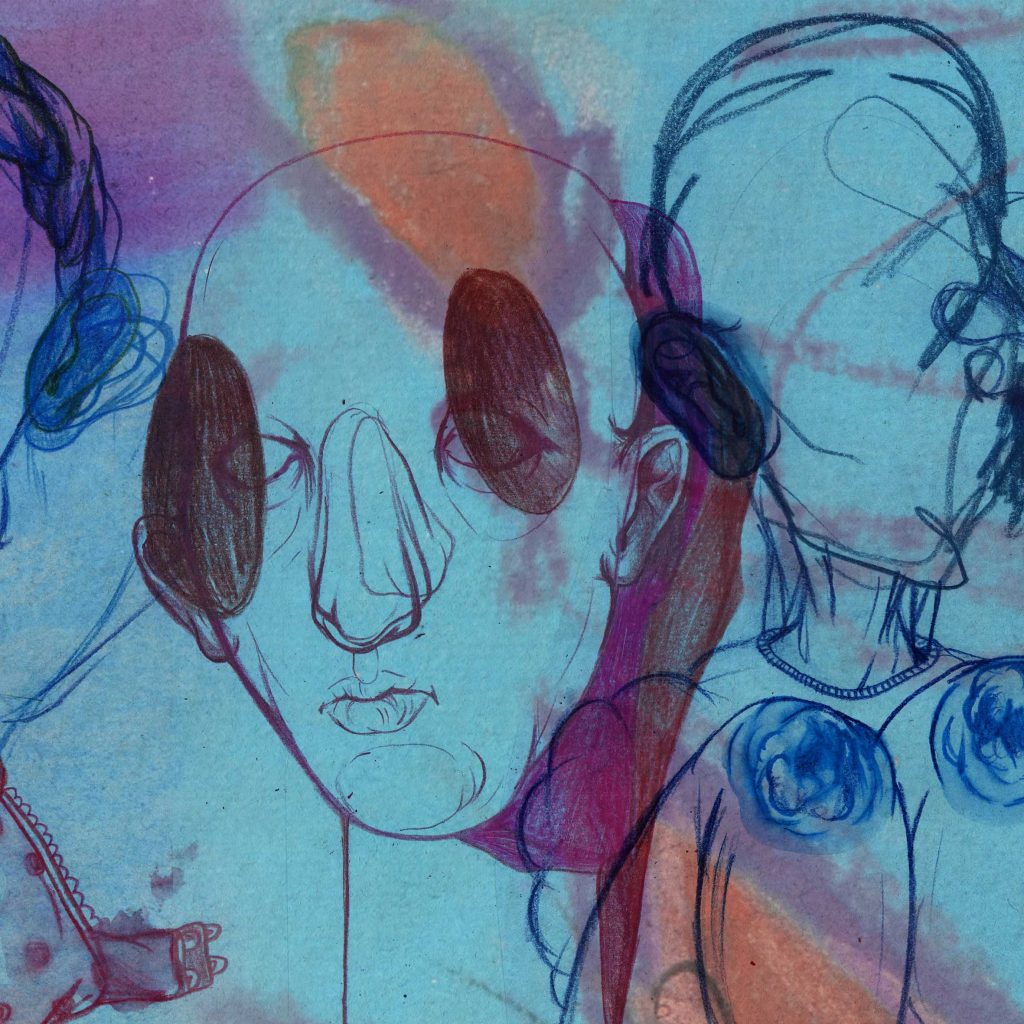
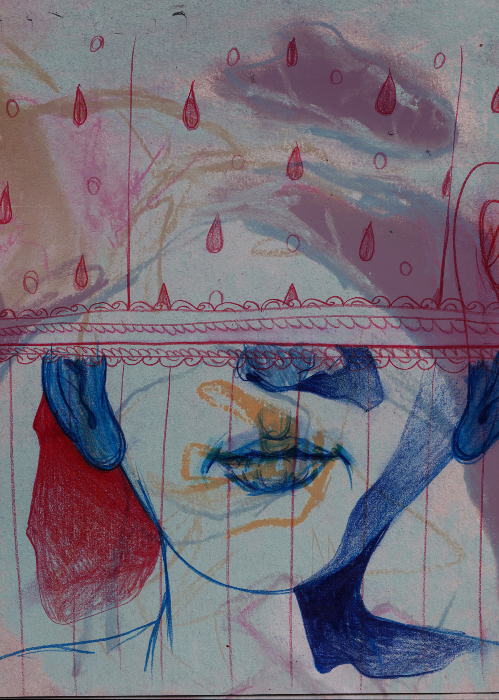

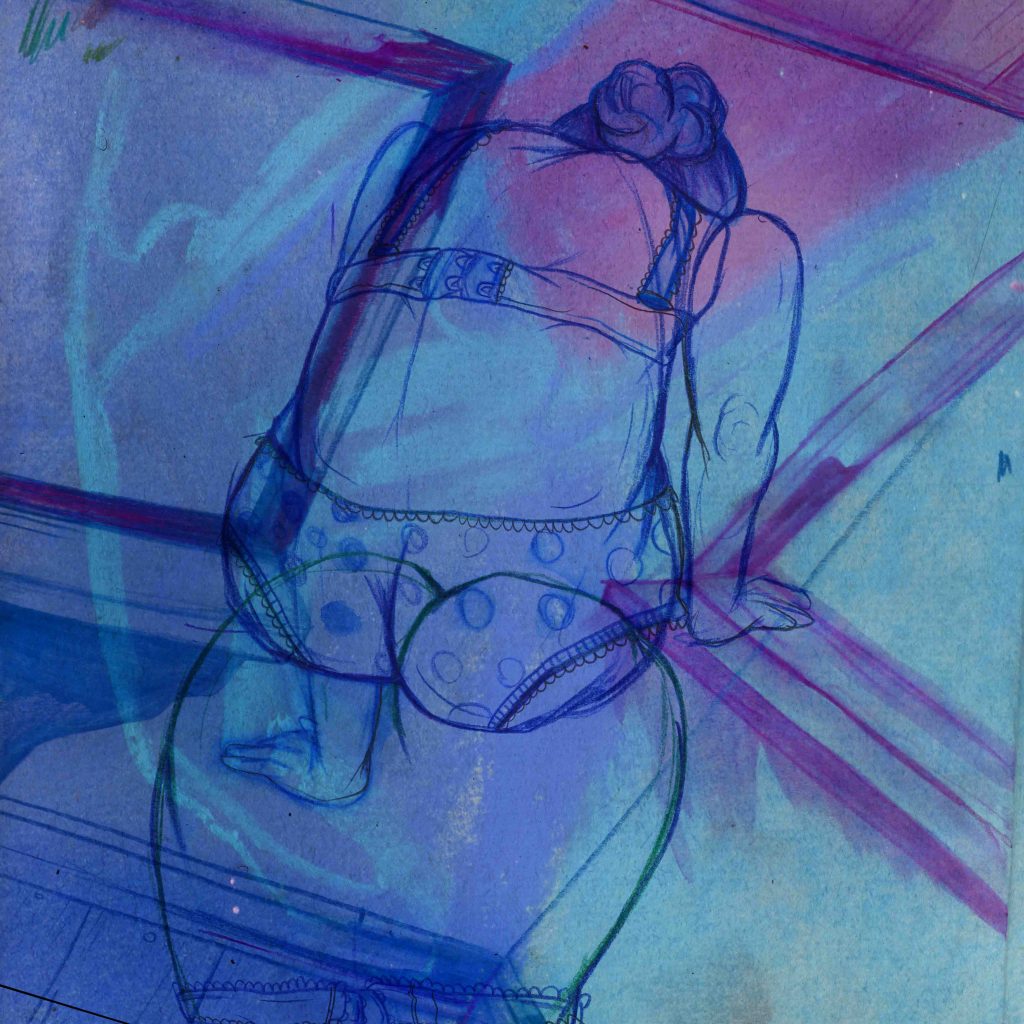
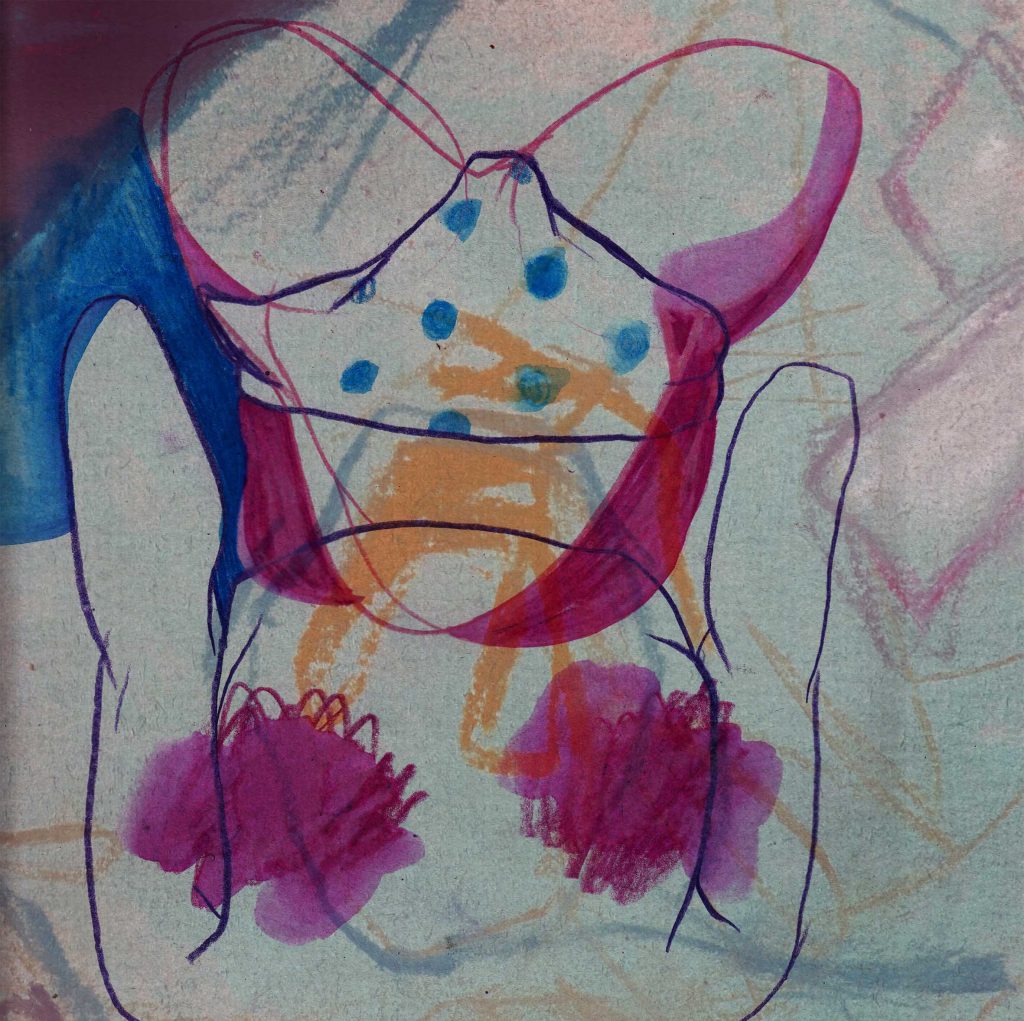
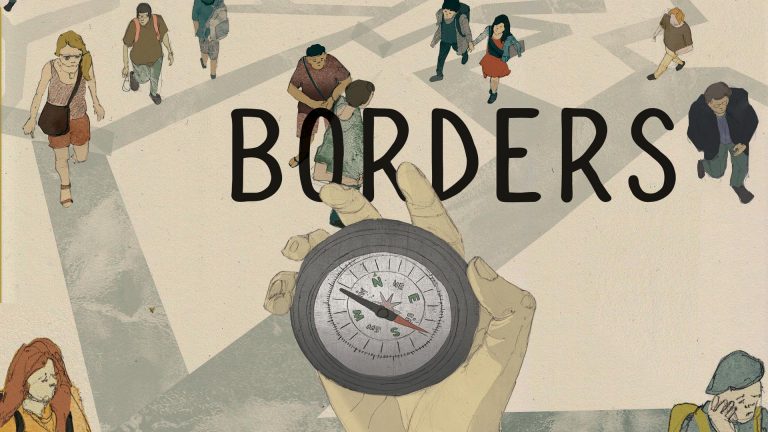
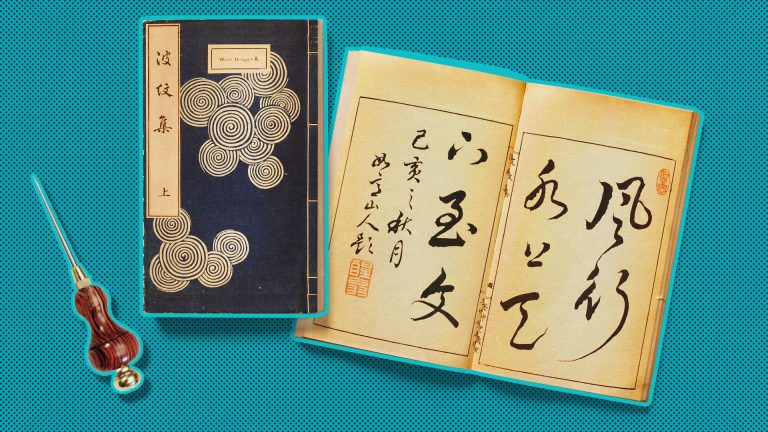
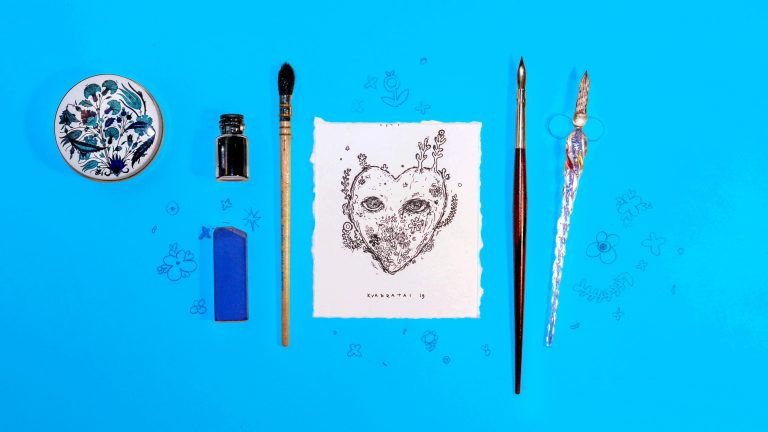
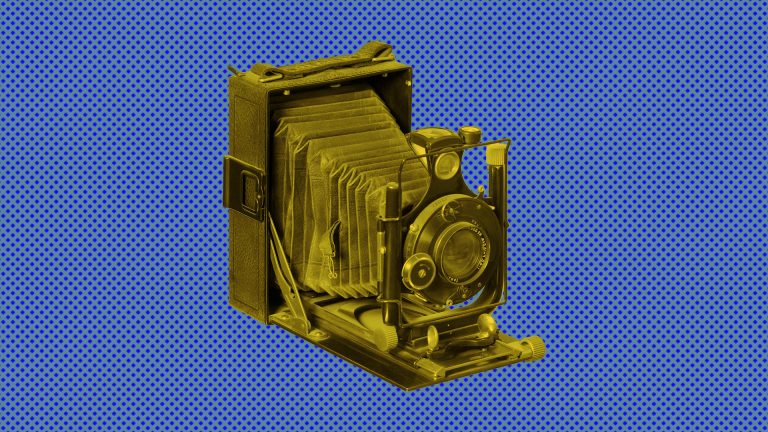
Comments